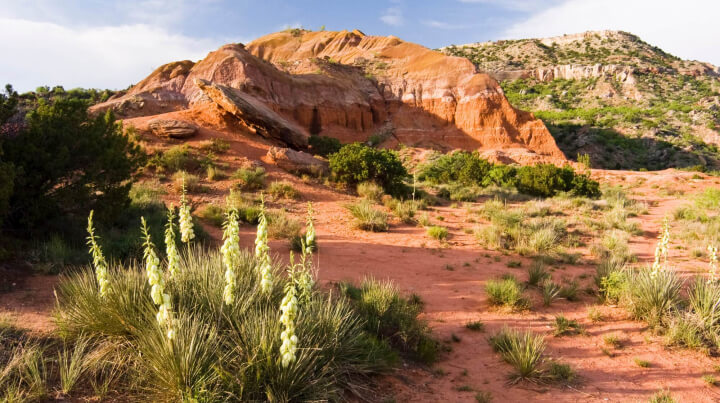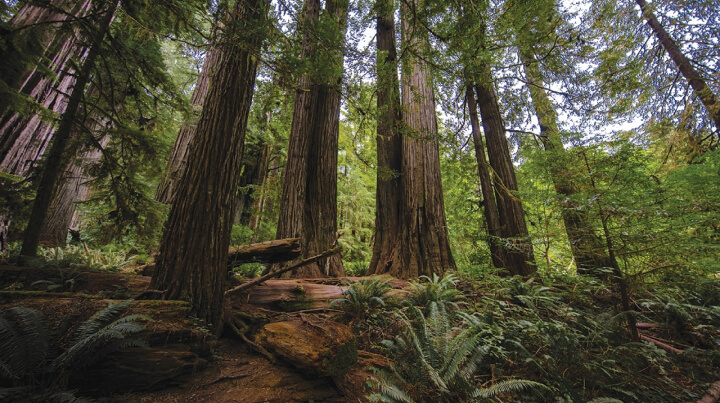Texas A&M Forest Service Nature Challenge
.png)

Archaeology and Paleontology Dig
Archaeologists study artifacts and remains to learn about how people lived in the past. They use these finds to help determine information about how people interacted, what they did on a daily basis, and what they believed in earlier cultures and societies. Sometimes however, these artifacts only give small clues about the past.
A paleontologist is a scientist who studies the history of organic life on earth, like dinosaurs, plants, fish, or even cell life whose remains have turned into fossils. Paleontologists have to understand geology and biology, as well as paleontology. They use historical geological maps and do research.
Many fossils and artifacts can be found in our dig site. It is not unusual for our young archeologists and paleontologists to discover fossilized shells or bones of ancient creatures or artifacts left by Paleo Indians.
Details

|
|
|
|

This Challenge is for:
- All Ages
- Formal Educators
- Informal Educators
Challenge Topics:
- Animals and Wildfire
- Connecting Children with Nature
- Homeschool
- Indigenous Voices and Lands
This Challenge is accessible for:
- People with Visual Impairments
- People with Hearing Impairments
- People with Mobility Impairments
- People with Developmental Impairments
- People with Sensory Sensitivities
Things you’ll need...
Don’t forget your...
- Hand Trowels
- Brushes
- Hand Shovels
- Toothbrushes
To complete this challenge
Step one
Observe and Develop Questions About the Past

Archaeologists observe, record, categorize, and interpret what they find to answer questions they have about the past.
Step two
Choose a Place to Dig in our Dig Site

Most artifacts are deep underground, so archaeologists don't always know where to look. Sometimes they rely on old myths and stories. Other times they use historical maps to see how areas looked in the past. They also use technologies, like radar and sonar, to help determine what is underground.
Step three
Search for Fossils and Artifacts

Before digging, archaeologists take many photos and make maps to record what the work area looks like. Then they divide the area into a grid and track the location of each find. While digging, they must be very careful not to break or ruin artifacts under the soil. When they have cleared enough soil away to remove the artifact, it is cleaned, recorded, and classified. Finally, they analyze all of the information so it can be shared.
Step four
Earn your badge!

Gallery
Texas A&M Forest Service and cooperators collectively known as “Nature Challenge” have not inspected the physical locations of challenges. No warranty of safecondition, or fitness for particular use is granted by Nature Challenge. Nature Challenge has not vetted whether the challenges, as formatted by the Provider, is safe. Anyone performing this challenge will be doing so at their own risk.








